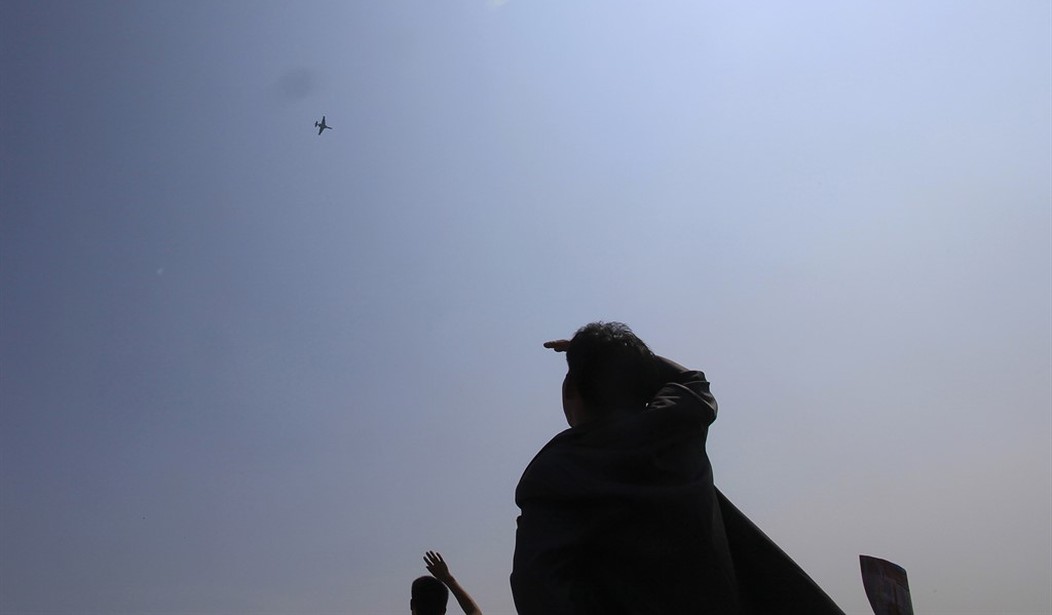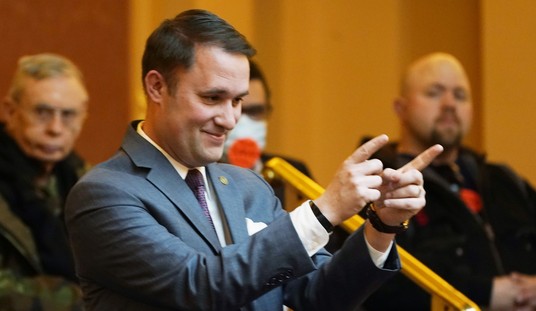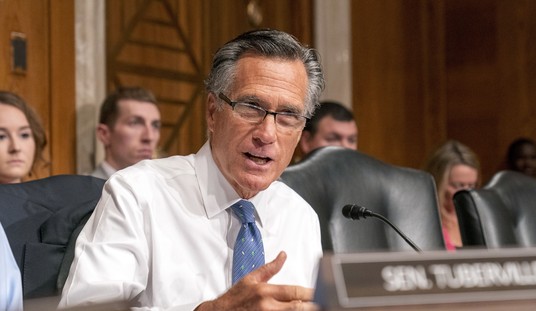Prior to 1916, the same high school had existed under other names, housed in other buildings -- and with a remarkable academic record.
In 1899, when it was called "the M Street School," a test was given in Washington's four academic public high schools, three white and one black. The black high school scored higher than two of the three white high schools. Today, it would be considered Utopian even to set that as a goal, much less expect to see it happen.
The M Street School had neither of two so-called "prerequisites" for quality education. There was no "diversity." It was an all-black school from its beginning, and on through its life as a high quality institution under the name Dunbar High School.
But its days as a high quality institution ended abruptly in the middle of the 1950s. After that, it became just another failing ghetto school.
The other so-called "prerequisite" that the M Street School lacked was an adequate building. Its student body was 50 percent larger than the building's capacity, a fact that led eventually to the new Dunbar High School building. But its students excelled even in their overcrowded building.
Some students at the M Street School began going to some of the leading colleges in the country in the late 19th century. The first of its graduates to go to Harvard did so in 1903. Over the years from 1892 to 1954, thirty-four of the graduates from the M Street School and Dunbar went on to Amherst.
Recommended
Of these, 74 percent graduated from Amherst and 28 percent of these graduates were Phi Beta Kappas. Other graduates from M Street High School and Dunbar became Phi Beta Kappas at Harvard, Yale, Dartmouth and other elite institutions.
Graduates of this same high school pioneered as the first black in many places. These included the first black man to graduate from Annapolis, the first black woman to receive a Ph.D. from an American institution, the first black federal judge, the first black general, the first black Cabinet member and, among other notables, a doctor who became internationally renowned for his pioneering work in developing the use of blood plasma.
How could all of this come to an abrupt end in the 1950s? Like many other disasters, it began with good intentions and arbitrary assumptions.
When Chief Justice Earl Warren declared in the landmark 1954 case of "Brown v. Board of Education" that racially separate schools were "inherently unequal," Dunbar High School was a living refutation of that assumption. And it was within walking distance of the Supreme Court.
A higher percentage of Dunbar graduates went on to college than the percentage at any white public high school in Washington. But what do facts matter when there is heady rhetoric and crusading zeal?
There is no question that racially segregated schools in the South provided an inadequate education for blacks. But the assumption that racial "integration" was the answer led to years of racial polarization and turmoil over busing, with little, if any, educational improvement.
For Washington, the end of racial segregation led to a political compromise, in which all schools became neighborhood schools. Dunbar, which had been accepting outstanding black students from anywhere in the city, could now accept only students from the rough ghetto neighborhood in which it was located.
Virtually overnight, Dunbar became a typical ghetto school. As unmotivated, unruly and disruptive students flooded in, Dunbar teachers began moving out and many retired. More than 80 years of academic excellence simply vanished into thin air.
Nobody, black or white, mounted any serious opposition. "Integration" was the cry of the moment, and it drowned out everything else. That is what happens in politics.
Today, there is a new Dunbar High School building, costing more than $100 million. But its graduates go on to college at only about half the rate of Dunbar graduates in earlier and poorer times. Politics can deliver costly "favors," even when it cannot deliver quality education.

























Join the conversation as a VIP Member